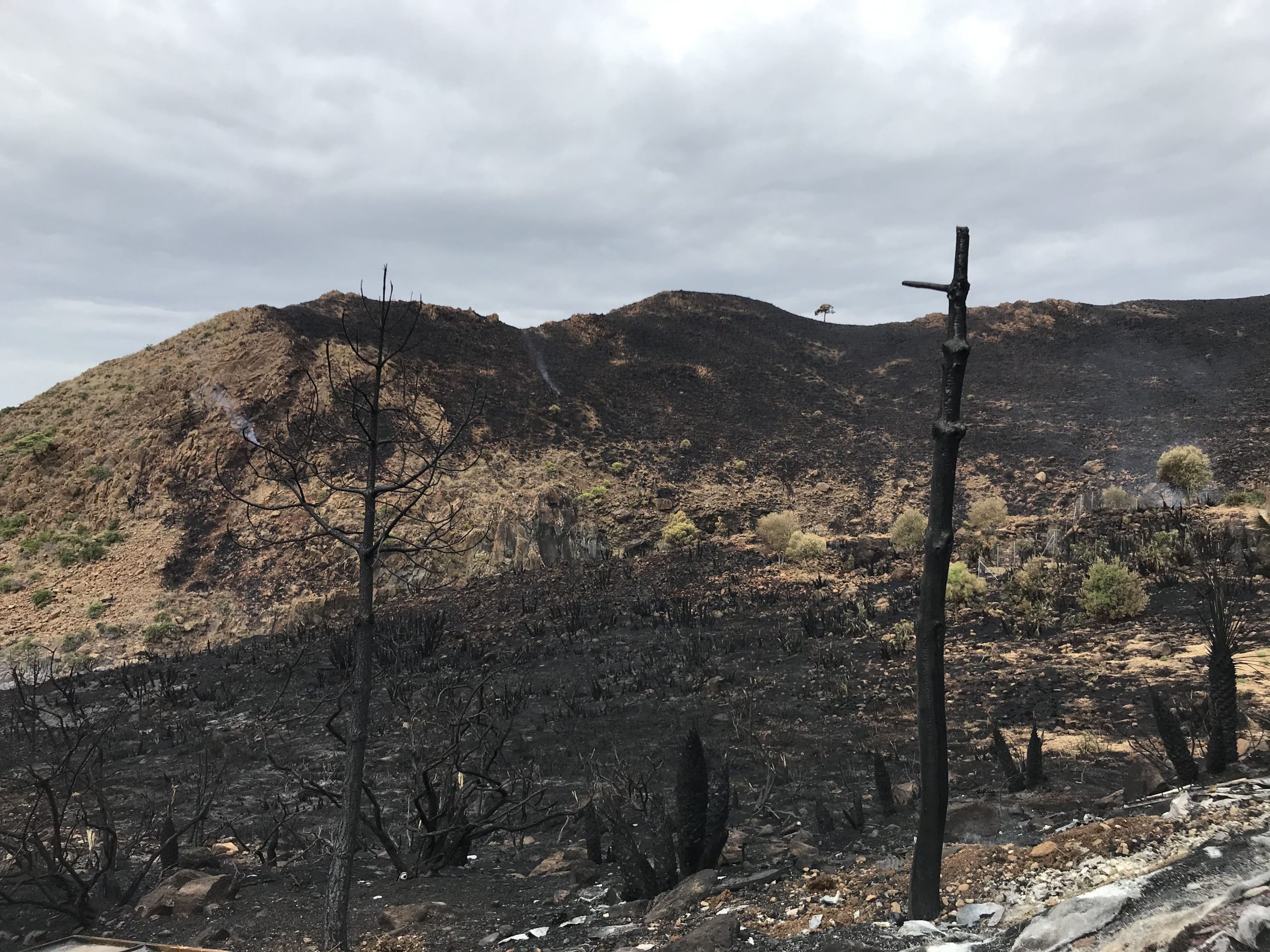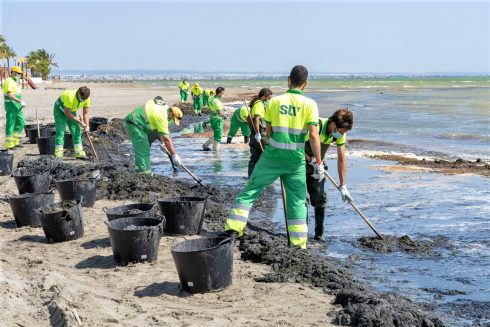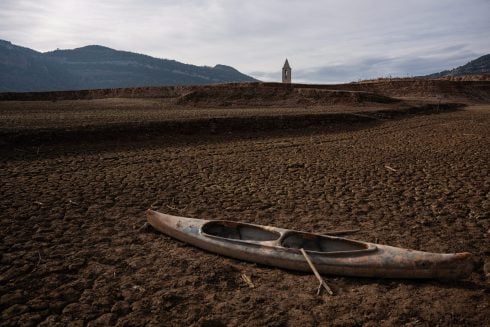ENVIRONMENTALISTS are counting the cost of the damage from a wildfire that raged for six days and destroyed more than 10,000 hectares of woodland before being brought under control.
As the flames ravaged the woods, ecologists were worried for the survival of a unique variety of fir trees that are only found in the Sierra Bermeja. The Abies Pinsapos are found in the Sierra Bermeja Natural Park and the species faced extinction if they had all been destroyed in the fire as they aren’t able to re-sprout naturally.
Belonging to the late Tertiary era, the only places these trees grow are in three areas scattered throughout the Andalucian highlands, in Cádiz and Málaga. They do have some relatives in other areas of the Mediterranean, however, these are different species.
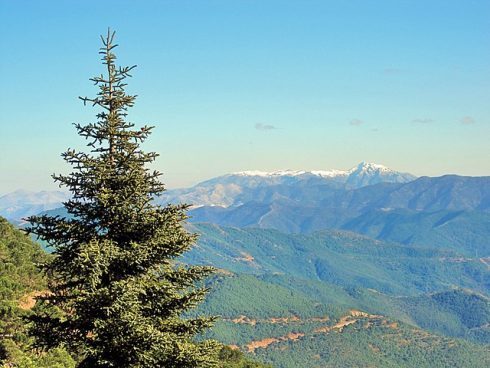
The wildfires scorched 148 hectares (10% of the enclave), however, Carmen Crespo, Andalusian Minister of Agriculture, Livestock, Fisheries and Sustainable Development, maintained on Monday that “the mass of Spanish firs is not affected”.
Andrés Pérez Latorre, professor of Botany at the University of Málaga affirms that the area ” should have been included in the Sierra de las Nieves National Park” so that they would’ve had more funding and protection for it.
Pérez Latorre suggest that there are around 1,000 hectares of thick Spanish fir forests: between 600 and 700 located in the Sierra de las Nieves National Park, 300 or 400 in the Sierra de Grazalema, 53 in Sierra Bermeja and five in Ojén.
Sadly, it is not just the forests and protected trees that have been scorched but species that made their home within the delicate biodiversity of the Sierra Bermeja and the Genal Valley.
The area, which is declared a Natural Park, is home to dozens of protected species including some that are endemic to the area, and cannot be found anywhere else in the world.
The area is a habitat for up to 14 species of invertebrate that are endemic to the area, as well as two to three pairs of golden eagles, at least 20 eagle owls and up to 300 wild mountain goats.
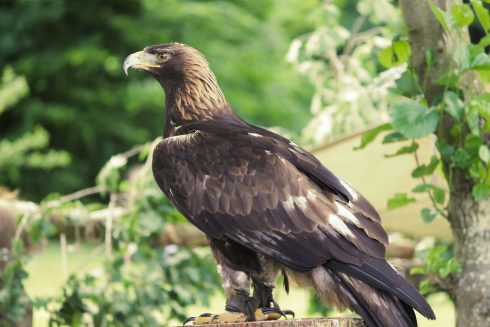
Felipe Román, a local teacher and a biologist specialising in zoology, has been researching the wildlife of the Sierra Bermeja for nearly 30 years.
Román who is also a member of the group Ecologista’s in Action said that “Sierra Bermeja has been completely abandoned to its fate all its life” suggesting that this devastation could’ve been avoided if it had been included in the Sierra de las Nieves National Park.
He has identified the different species of fish, amphibian, reptiles, mammals and birds that could potentially be at risk from the fires.
Residing in the lakes of the Genal Valley are two protected species of fish exclusive to southern Spain, la boga del Guadiana – Pseudochondrostoma willkommii – and el cachuelo del Genal – Squalius malacitanus.
Among the amphibians whose habitats could be destroyed are the Iberian painted frog, Natterjack toad, Common toad and the Penibetic salamander.
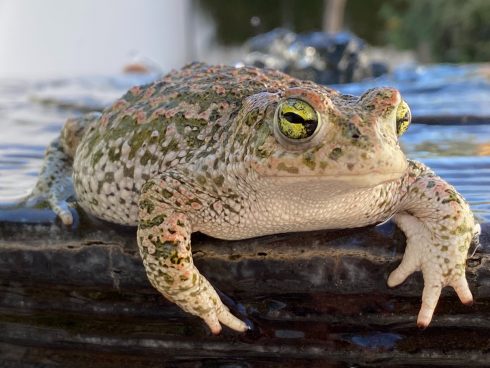
In particular Román noted the chameleons whose survival will be ‘screwed up’ by the fires.
Reptiles that are most protected by the EU like the snub-nosed viper and the horseshoe whipsnake are also at risk as well as the betic lizard that was first discovered in Sierra Bermeja.
The mountain is also home to various bird species including the blackcap, eagle owls and scops owls. Mammals that are found there include mountain goats, roe deer and a small population of wild cats.
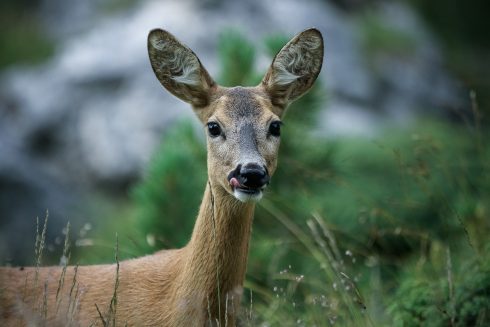
Discussing the fourteen species of invertebrates that “cannot be found anywhere else in the world,” the biologist says that because they are found in such an exclusive area, many of them only have a scientific name and haven’t been given common ones.
These include ‘Leuctra bidula’ (water fly), ‘Iberus serpentinae’ (snail), ‘Peridotitea bermejaensis’ (snail) and ‘Alphasida ferreri’ (beetle).
Fellow ecologist professor Artemi Cerdà said: “we should take steps to allow the fauna and flora that have survived the flames to re-emerge, for example by spreading straw over the burnt area to encourage life”.
Many animals had to be rescued from local farms and estates as well. Malaga veterinarians have offered to assist livestock farmers and animals who have been affected by the fire.
READ MORE:
- Heroes’ return: Locals cheer firefighters after Sierra Bermeja ‘monster’ wildfire finally brought ‘under control’ on Spain’s Costa del Sol
- Famous Smurf village feeling blue as 30% of its celebrated landscape destroyed by Sierra Bermeja wildfire above Spain’s Costa…
- What can I do to help? Spain’s Costa del Sol community pulls together to aid those (people and animals)…

